Even as the stock market surged in the 1920s, with stock prices more than quadrupling in value, an economic depression was beginning to take hold on American farms.
They had prospered during the 1910s.

Europe’s devastation from World War I towards the end of the decade, had brought a surge in export demands for farm products.
So, farmers had borrowed money to buy new equipment and additional farmland to boost production.

But when Europe recovered from World War I, the international demand for farm products fell.
Surpluses of farm products drove prices down, making farmland less valuable.
Farm foreclosures, once rare, became commonplace.
Then, in 1930, things got much worse.
A severe drought hit the lower Mississippi and Ohio valleys, affecting thirty states.
Crops failed and livestock perished.
Farm families faced starvation and needed help to feed their children.
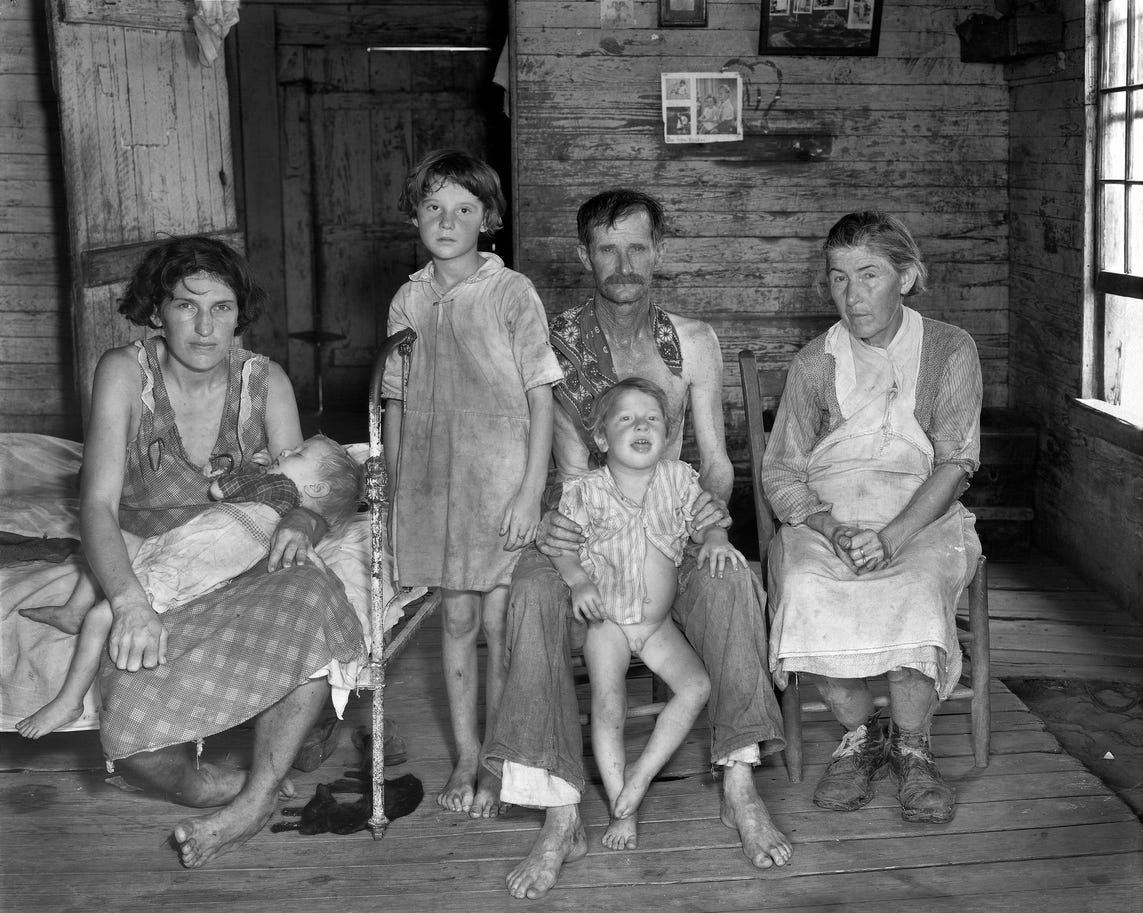
But President Hoover refused to commit federal tax dollars to feed hungry people.
‘Putting people on the dole would destroy the American tradition of self-reliance,’ he said.
Hoover assigned the task of feeding the destitute to the states and local committees, in a ‘neighbor helping neighbor’ approach.
And he directed the American Red Cross to step in where state funds were insufficient.
But the states and local Red Cross committees were overwhelmed.
For the first months of the drought, the Red Cross merely handed out free seed packets to farmers to encourage them to grow their own food.
When Hoover urged Americans to step up and give to the Red Cross so they could do more, the funds raised were insufficient.
America’s suffering made international news.
The Greek chapter of the Red Cross sent cookies.
And despite the continued suffering in the country, Hoover would look again to local communities and private charities when the collapse of the financial markets spread hunger into the nation’s cities.

Government social programs, he warned, would pose too great a threat to individual freedoms.



And despite Hoover’s landslide electoral defeat in 1932 and the stunning success of Franklin Roosevelt’s New Deal government aid programs, Hoover’s position on government help for needy Americans has remained Republican dogma ever since.










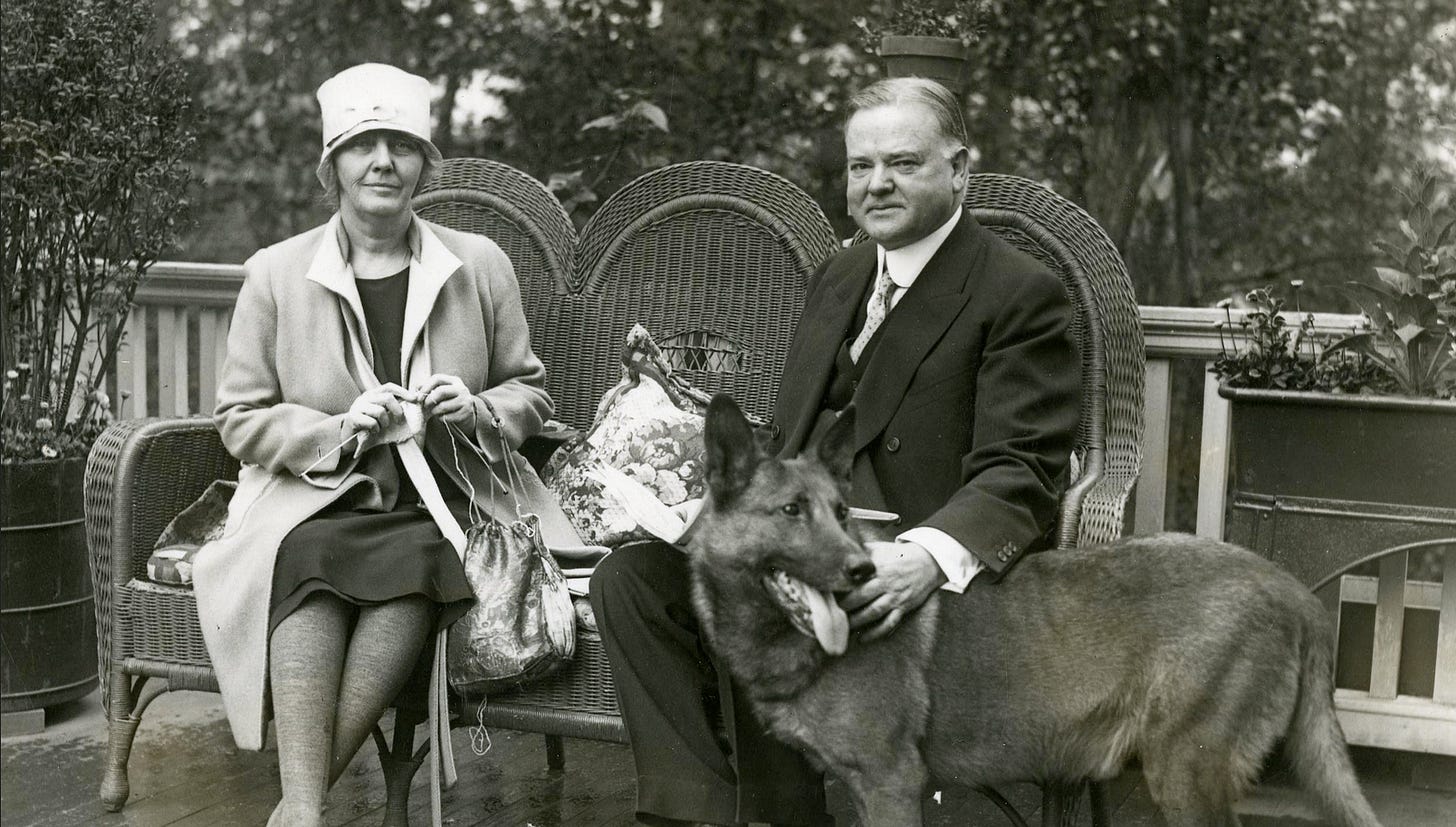




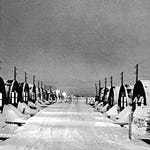
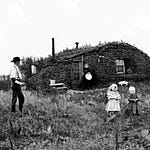

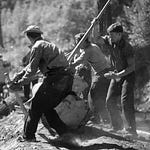

Share this post